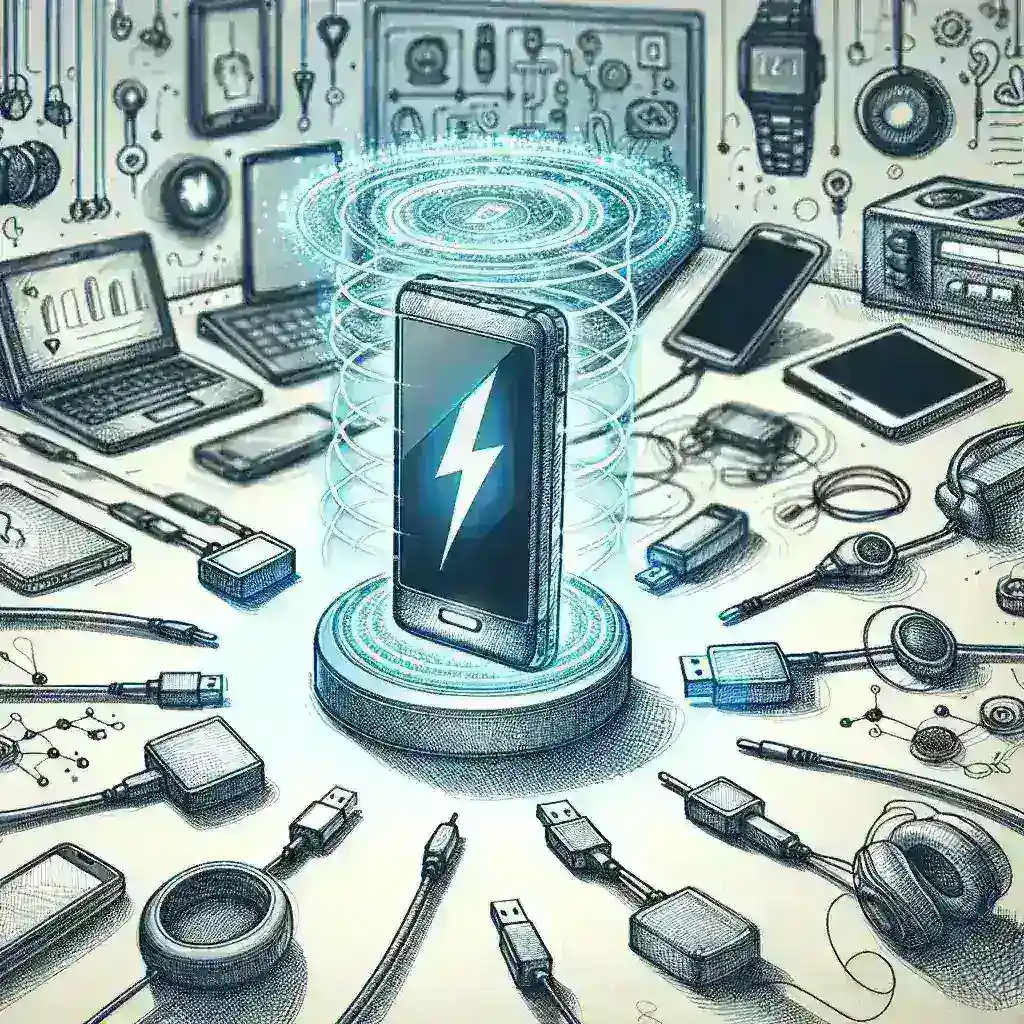Introduction
In an age where technology continues to advance at a breakneck pace, the quest for convenience and efficiency remains paramount. One of the most fascinating innovations of recent years is wireless electricity transmission technology. This groundbreaking method of powering devices eliminates the need for traditional charging cables, paving the way for a more effortless and streamlined experience. In this article, we will explore the mechanics of wireless electricity transmission, its historical context, benefits and drawbacks, future predictions, and real-world applications.
Understanding Wireless Electricity Transmission
Wireless electricity transmission refers to the process of delivering electrical energy from a power source to an electrical load without the use of physical connectors. Instead of plugging in devices, energy is transmitted through the air using various technologies, such as electromagnetic fields or resonant inductive coupling.
How It Works
The core principle behind wireless electricity transmission involves the conversion of electrical energy into electromagnetic waves. These waves can travel through the air and can be captured by a receiving device equipped with the appropriate technology. Once the energy is captured, it is converted back into usable electrical energy to power the device.
Types of Wireless Electricity Transmission
- Inductive Coupling: This method uses magnetic fields to transfer energy between two coils. One coil is connected to a power source, while the other is integrated within the device that requires charging.
- Resonant Inductive Coupling: This is a more advanced form of inductive coupling that allows for greater distances between the transmitter and receiver, making it more versatile.
- Microwave Transmission: This approach utilizes microwave radiation to transmit energy over longer distances, with potential applications for powering larger devices.
A Brief History
The concept of wireless energy transmission has its roots in the late 19th century with pioneers like Nikola Tesla, who famously demonstrated the wireless transmission of electricity. Despite its early promise, practical applications were limited, and the technology lay dormant for decades. However, recent advancements in materials science, electronics, and physics have reignited interest in wireless power.
The Rise of Wireless Charging
In recent years, wireless charging has gained significant traction in consumer electronics, particularly in smartphones and wearables. Companies like Apple, Samsung, and others have integrated wireless charging capabilities into their devices, allowing users to charge their gadgets simply by placing them on a charging pad. This technology has set a precedent for future advancements in wireless electricity transmission.
Benefits of Wireless Electricity Transmission
The advantages of this technology are numerous:
- Convenience: Without the hassle of cables, users can simply place their devices on a charging surface to power them up.
- Reduced Wear and Tear: Eliminating physical connectors reduces the wear and tear on charging ports, potentially extending the lifespan of devices.
- Safety: Wireless charging minimizes risks associated with electrical contacts, reducing the chances of short circuits and electrical shocks.
- Innovation in Design: With no need for charging ports, manufacturers can design sleeker and more compact devices.
Challenges and Limitations
While the promise of wireless electricity transmission is immense, it is not without its challenges:
- Efficiency: Currently, wireless power transfer is less efficient compared to traditional wired charging methods. Energy loss during transmission remains a significant drawback.
- Cost: The technology is still relatively expensive to implement, particularly in large-scale applications.
- Distance Limitations: Most wireless charging solutions work effectively only over short distances, which can limit their practicality in certain situations.
Future Predictions
As technology continues to advance, experts predict that wireless electricity transmission will evolve significantly. Here are a few potential developments:
- Widespread Adoption: As costs decrease and efficiency improves, wireless charging may become the standard method for powering a wide range of devices.
- Integration in Infrastructure: Future cities may incorporate wireless charging into public spaces, such as parks and streets, allowing electric vehicles to charge while in motion.
- Advanced Applications: Beyond consumer electronics, industries such as healthcare and robotics could leverage this technology for powering medical devices and autonomous machinery.
Real-World Applications
Wireless electricity transmission is already making waves in various industries:
- Healthcare: Medical devices, such as implants and sensors, can benefit from wireless charging, as it eliminates the need for invasive procedures to replace batteries.
- Electric Vehicles: Wireless charging technology is being tested for electric vehicles, which could revolutionize the way we think about transportation.
- Consumer Electronics: As mentioned earlier, smartphones and wearables are increasingly incorporating wireless charging capabilities, enhancing user experience.
Cultural Relevance
The shift towards wireless electricity transmission is reflective of a broader cultural trend towards convenience and sustainability. In a world where time is of the essence, consumers are looking for solutions that simplify their lives. Furthermore, as environmental concerns grow, innovative technologies that reduce waste and promote efficiency resonate with eco-conscious individuals.
Conclusion
Wireless electricity transmission technology is more than just a convenient charging solution; it represents a significant step towards a future where energy is seamlessly integrated into our daily lives. As this technology continues to evolve, it holds the promise of transforming not only how we power our devices but also how we interact with the world around us. As we embrace the limitless potential of wireless power, the days of entangled charging cables may soon be behind us, ushering in a new era of innovation and convenience.

